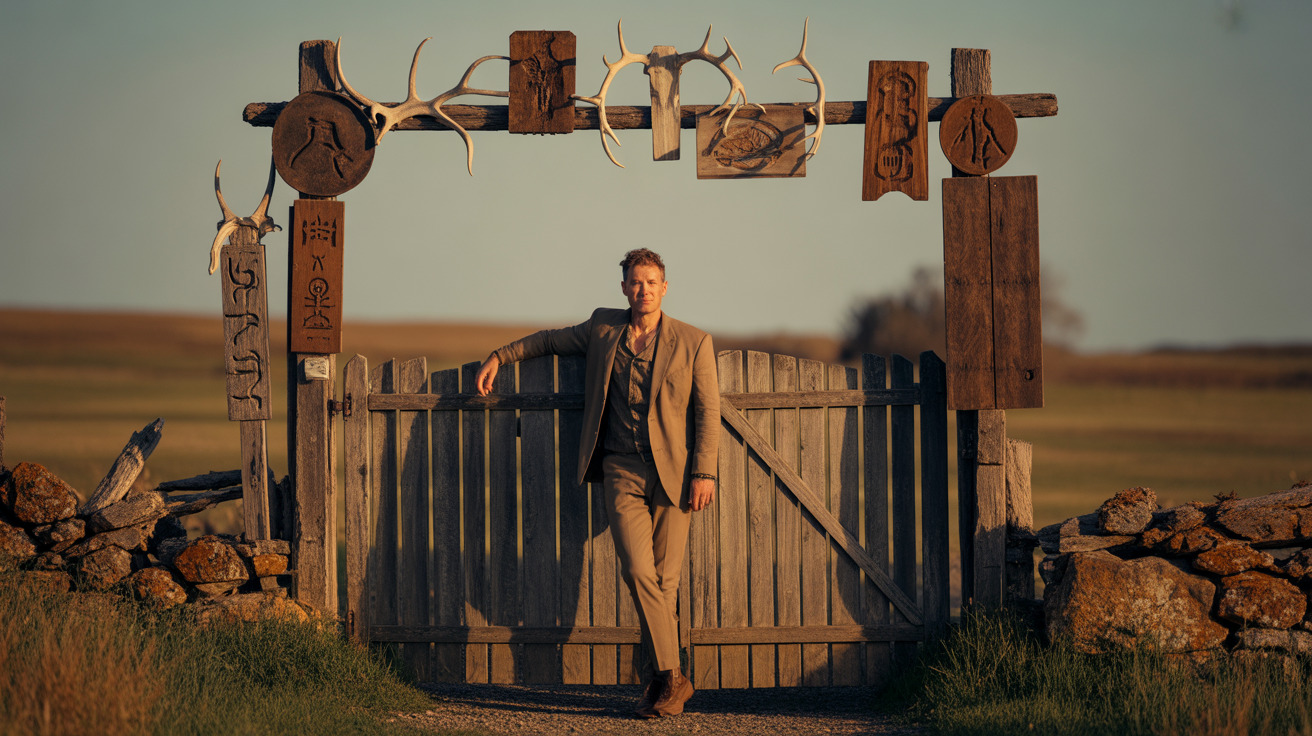Investigation Findings and Expert Assessments
State biologists and veterinarians from the Alaska Department of Fish and Game have documented their findings in official charging documents. Their professional assessment indicates that both animals likely succumbed to complications related to malnutrition, specifically pointing to starvation or "improper diets" as the probable causes of death.
Wildlife Care Standards and Compliance
The case brings attention to the strict regulations governing wildlife facilities in Alaska. Licensed centers must maintain specific standards for animal care, including:
- Proper nutrition protocols
- Adequate feeding schedules
- Appropriate enclosure conditions
- Regular veterinary oversight
Regulatory Oversight and Enforcement
The Alaska Department of Fish and Game maintains strict oversight of wildlife facilities through:
- Regular inspections
- Documentation requirements
- Compliance monitoring
- Enforcement actions when necessary
Impact on Wildlife Tourism
This case underscores the delicate balance between wildlife education, tourism, and animal welfare. Wildlife centers play an important role in public education and conservation awareness, but must prioritize proper animal care above all other considerations.
Standards for Captive Wildlife Care
Professional wildlife facilities must implement comprehensive care protocols including:
- Species-specific dietary requirements
- Regular health monitoring
- Proper enclosure maintenance
- Staff training and qualification verification
- Emergency response procedures
Frequently Asked Questions
What are common signs of improper diet or starvation in captive wildlife?
General indicators include visible weight loss, lethargy, changes in behavior, and poor coat or fur condition. However, specific symptoms can vary by species, which is why regular professional veterinary oversight is essential for wildlife facilities.
What legal consequences can wildlife centers face for animal cruelty in Alaska?
Facilities found guilty of animal cruelty in Alaska may face felony charges, substantial fines, permit revocation, and potential facility closure. The severity of penalties often depends on the nature and extent of the violations.
How can wildlife facilities prevent animal deaths from improper care?
Wildlife facilities should maintain detailed feeding and health records, ensure staff are properly trained in species-specific care, conduct regular veterinary checkups, and follow established nutritional guidelines for each species in their care.
The investigation into the Kroschel Films Wildlife Center serves as a reminder of the serious responsibility involved in maintaining captive wildlife. It emphasizes the crucial importance of proper animal care standards and the potential consequences when these standards are not met.
As this case proceeds through the legal system, it will likely influence discussions about oversight and regulation of wildlife facilities throughout Alaska, potentially leading to stronger enforcement of existing protection measures for captive wildlife.






